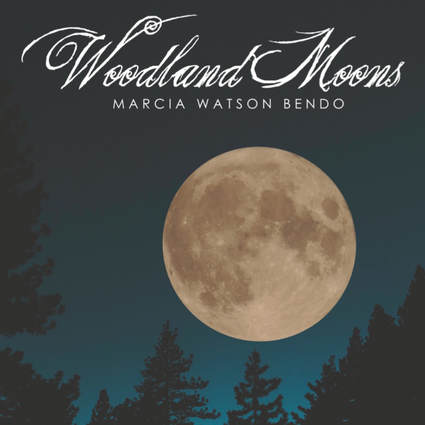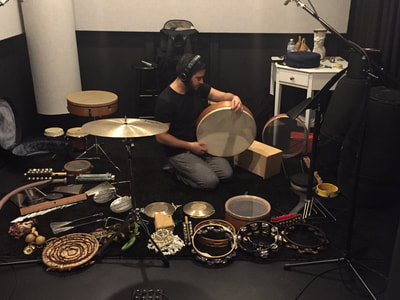Music

The title, Woodland Moons, and the album songs were inspired by the twelve full moons of the indigenous North American Woodlands people, the Anishinabe, the “Original People.” The song titles on my album reflect the full moon names of the Potawatomi people, who historically inhabited regions of North America from the Upper Great Lakes to Oklahoma. The lunar names represent a seasonal event or activity traditionally observed during that moon cycle.
Woodland Moons is a contemporary fusion of Native-influenced flutes and percussion accompanied by keyboards, orchestral instruments, and sonic textures. I was inspired to write a collection of songs that would resonate emotionally or spiritually with listeners by creating musical images honoring each full moon.
Woodland Moons is a contemporary fusion of Native-influenced flutes and percussion accompanied by keyboards, orchestral instruments, and sonic textures. I was inspired to write a collection of songs that would resonate emotionally or spiritually with listeners by creating musical images honoring each full moon.
"Exquisite album. Stunning composition and arrangements. I love Marcia's playing and Trammell Starks work on the album sounds amazing. Interesting juxtaposition. I loved it."
- Wouter Kellerman, Grammy-award winning World flautist, producer and composer.
- Wouter Kellerman, Grammy-award winning World flautist, producer and composer.
"Woodland Moons is one of the best Native flute fusion recordings (blending in new age and classical influences) that I've heard in quite a while. It is also easily one of the most promising musical debuts of the last few years in any genre. The future is bright indeed for this newcomer!" Bill Binkelman / Wind and Wire and Retailing Insight magazine.
CD Features:
|
Marcia Watson Bendo: flute, orchestration, composer, producer
|
Rafael Pereira:
percussion, drums |
Trammell Starks:
mixing, mastering |
** Special thanks to the Citizen Potawatomi Nation Language Department
** Album art by Darren English c/o D.E. Signs
You may purchase and/or stream this CD from the following retail outlets










